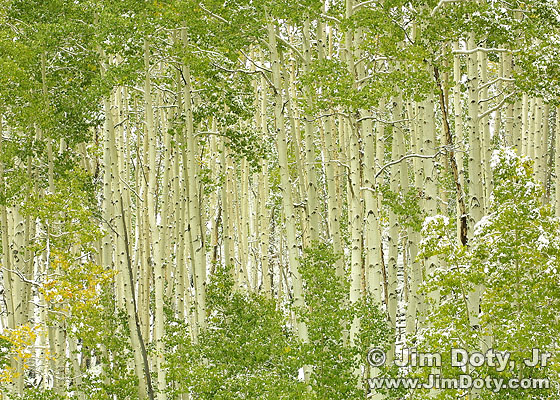How big a print can you make from your digital camera and still have good image quality? That’s a common question. I received an e-mail today about camera file size and quality 8×10 inch prints. The question and my answer follow.
Q:Â I have asked many people this and NEVER got an answer. I am doing a photoshoot and the person I am doing it for will be printing up to 8×10’s. I have a Nikon D3000 10.2MP and shooting in JPEG fine. What I want to know is, if she prints off an 8×10 from those photos, will the quality be good?
Answer:
A Nikon D3000 is easily capable of making excellent quality files that can be turned into 8×10 inch prints, and much larger.
Potential print size is related to sensor size. The D3000 creates digital files that are 3872 x 2592 pixels in size.
To make a good print, the general rule of thumb is you need a digital file that measures 300 pixels in width for each inch of print width (300 pixels per inch). Multiply the length and width of your print in inches by 300 pixels to get the digital file size you need. For a print 2 inches wide, you need a digital file 600 pixels wide (2 inches x 300 pixels per inch).  If you want a 4×5 inch print, you need a digital file that is 1200 x 1500 pixels. If you want an 8×10 inch print, you need a digital file that is 2400 x 3000 pixels. So your Nikon D3000 can easily produce files that can be turned into an 8×10 inch print.
Without changing the size of your digital files from your Nikon D3000, you can make prints that are as big as 8.6 x 12.9 inches.
By resizing your camera files, you can make bigger prints. Before you do that, one note of caution. Always save the original camera file unchanged so you will have it whenever you want it. NEVER resize a camera file and save it in place of the original file. If you make a mistake, you always want your original file to go back to and start over.
With good software like Photoshop Elements or Adobe Photoshop, you can usually “resize” the files from your digital camera to double their original size and still be able to make a good prints. With your Nikon D3000, you should have no problems resizing the files in order to create 16 x 20 inch prints.
In order to create prints this big, excellent photographic technique is very important. For example, If the focus is a little off, or the depth of field is too small, or if the shutter speed is too slow, the photo can end up a little blurred. The blurriness may not show up in small prints, but making bigger prints enlarges any blurriness. That’s why some photos can look good in a 4×6 inch print, but a little blurry at 8×10 inches, and downright mushy looking at 16×20 inches.
If you do everything right when you take the picture, you can get a surprising amount of enlargement. The photo of snow covered aspen at the beginning of this post was taken with a Canon D30 digital camera with a 3 megapixel sensor. You can’t judge image quality from an online jpeg, but the the image above looks very nice as a 12×18 inch print (from the original camera file, of course, upsized in Photoshop). To get a 12×18 print from a 3 megapixel file, I did all the usual things to maximize sharpness in the image: tripod, mirror lockup, optimum lens aperture, low ISO, etc. For more info, read my article, Getting Maximum Sharpness.
Although you can create excellent pictures shooting jpeg fine, there are some significant advantages to shooting RAW files (called NEF files on your Nikon). Just set your camera to shoot NEF + Jpeg and you will have both.
More information is available in these two articles:

